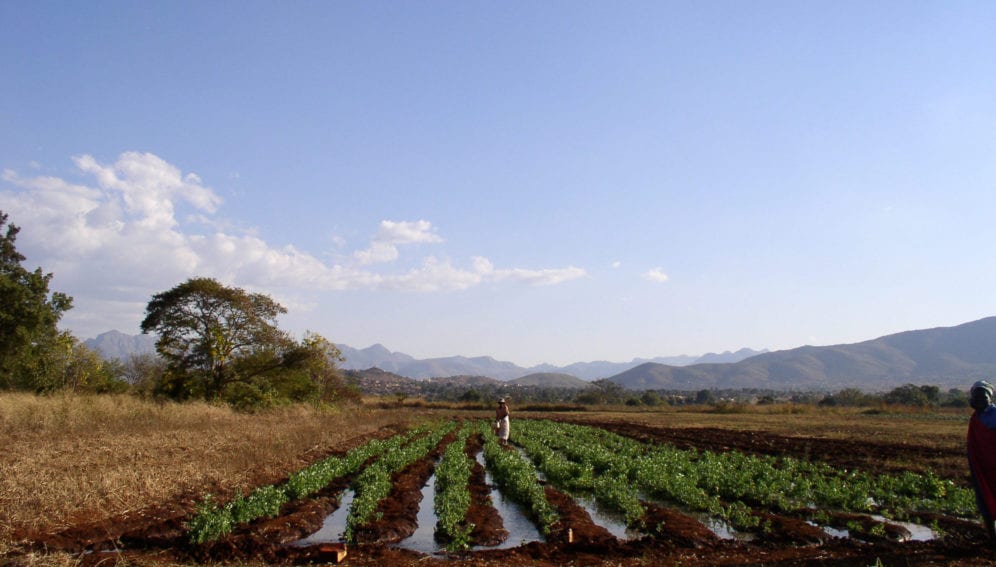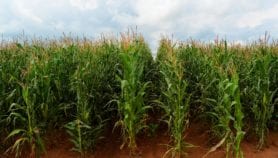By: Samuel Hinneh
Send to a friend
The details you provide on this page will not be used to send unsolicited email, and will not be sold to a 3rd party. See privacy policy.
[ACCRA] African farmers need to adopt technologies and practices that help increase food production otherwise the region could provide only a quarter of its total food demand by 2030, a report reveals.
The report shows that farmers can increase crop production by adopting higher-yielding crop varieties, better and early cultivation and harvesting practices.
The ‘2013 Global Agricultural Productivity report’, compiled by the Global Harvest Initiative (GHI), was presented at the World Food Prize laureate ceremony in Iowa, United States last month (16-19 October).
The report uses a measure of the ratio of outputs to inputs such as land, capital, machinery and labour — called total factor productivity (TFP) — to forecast agricultural production. A growth in TFP occurs when outputs increase despite inputs remaining unchanged.
According to the report, over the past 20 years countries such as Ghana and Mozambique have expanded their agricultural outputs through enhanced agricultural research and development, extension practices and adoption of technologies.
It adds that agricultural innovations and technologies such as advances in genomics, irrigation and management of weather risk can help farmers become more efficient users of existing land, labour, fertilizer, machinery and livestock.
“In Sub-Saharan Africa, the average annual growth in food demand is projected to be 2.91 per cent per year from 2000 to 2030, primarily due to population increases,” says the report.
“If we try to meet the current global food demand by cutting down trees and growing crops or grazing more livestock, we may be producing more foods, but in the process destroying the natural resource base.”
Margaret Zeigler, Global Harvest Initiative
“If the TFP growth continues at an average of one per cent from the 2001 to 2010 then the region will only meet 25 per cent of total food demand in 2030,” it adds.
Margaret Zeigler, executive director of the GHI, says in the past there has been a focus on producing abundant food without sustaining the environment.
“If we try to meet the current global food demand by cutting down trees and growing crops or grazing more livestock, we may be producing more foods, but in the process destroying the natural resource base,” she tells SciDev.Net.
Ruth Campbell, managing director, Technical Learning and Standards at the US-based Agricultural Cooperative Development International and Volunteers in Overseas Cooperative Assistance, says the wide food gap and population increase in Sub-Saharan Africa call for new ways of producing food through increased mechanisation, adoption of high yielding crop varieties, infrastructural development and storage facilities.
Akinwumi Adesina, Nigeria’s minister of agriculture and rural development, says Sub-Saharan Africa has abundant arable land which could be used for agricultural production with government support for projects such as irrigation to optimise land for agriculture.
“Investment in agricultural research is needed, together with private sector collaboration to produce and process agricultural products,” he tells SciDev.Net.
Link to the report
This article has been produced by SciDev.Net's Sub-Saharan Africa desk.














